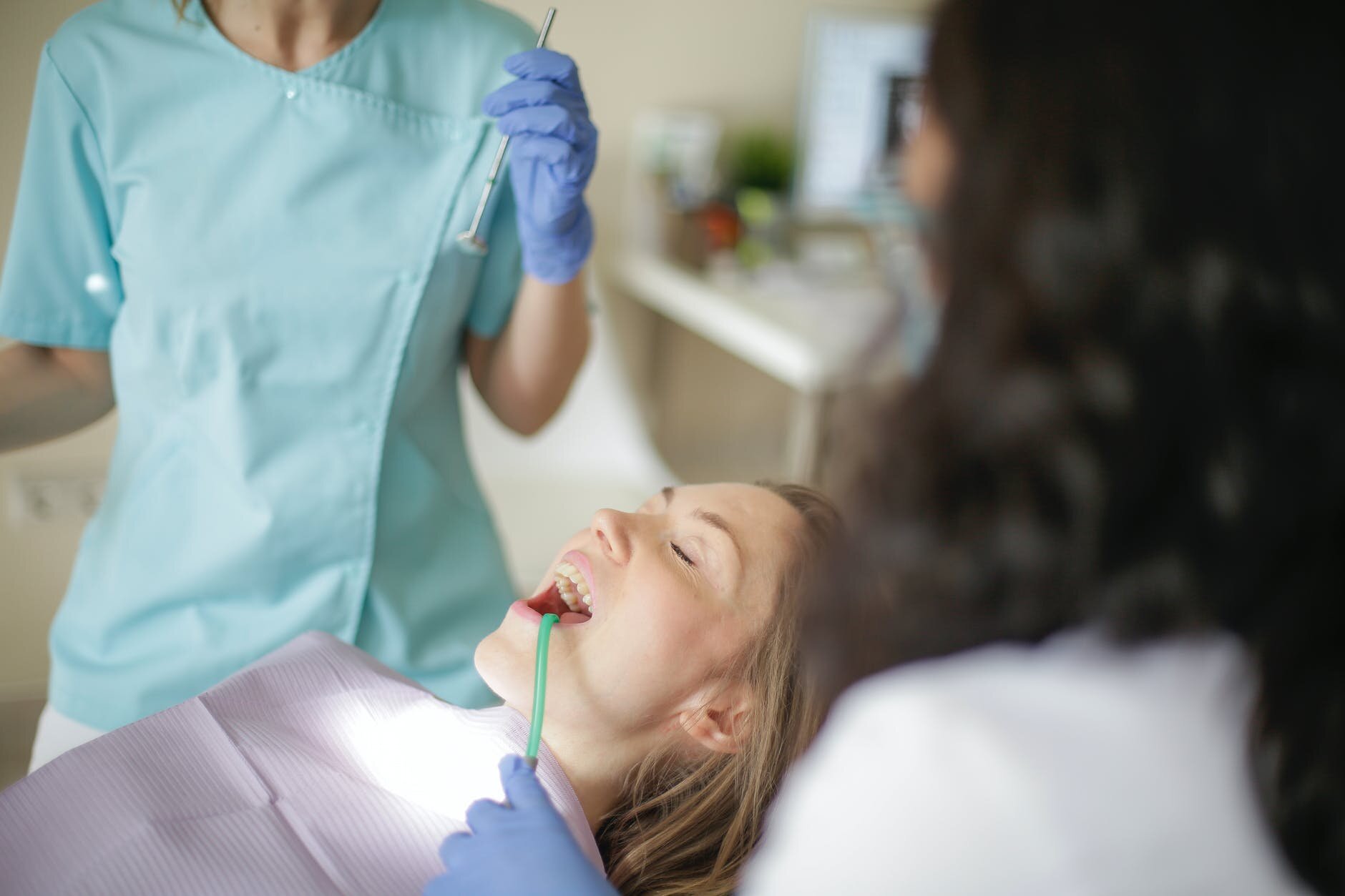Can four implants replace all of your teeth on either the top or bottom of your mouth? That answer is a resounding yes, thanks to advancements in dental implant technology. Adult tooth loss, believe it or not, is quite frequent, especially as we age. In fact, senior adults are missing all of their upper and lower teeth. Rather than dealing with the discomfort and inconvenience of dentures, many people are choosing full-mouth dental implant repair.
One whole arch of teeth, four dental implants
To properly comprehend this extraordinary method of tooth replacement, you must first grasp what a dental implant is. An implant is a tiny titanium screw inserted into your jawbone to replace the root portion of a lost tooth. Insertion of the implants necessitates minor surgery. After the implant, there will be a crown to provide you with an extraordinarily realistic-looking and functioning artificial tooth.
In a short period, you can have functional, replacement teeth.
Enhance your physical look
Eat anything you want, whenever you want
Get a smile that will stay for a long time.
Get rid of the health problems that come with rotting teeth.
Maintaining your teeth is simple.
You may replace your dentures and have a permanent implant-supported bridge with as few implants in as little as one day.
Obtain immediate outcomes
You'll notice a significant increase in chewing abilities, tooth stability, and general comfort right away.
Here's where things get interesting: you don't need a dental implant for every single one of your lost teeth. To restore your wide grin, all you need are four carefully positioned implants on top of your mouth and four on the bottom. That is the entire arch's beauty. Because the implant is composed of titanium, it has the unique ability to bond to live bone and operate as if it were a part of it. As a result, the dental implant ultimately integrates into the jawbone and acts as a solid, long-lasting basis for your new teeth.
This bone fusion has another crucial benefit: ensuring that all 4 implants remain secure can prevent future bone loss in the jaw.
Yes, a beautiful, new smile may be yours in just one day.
The technique is to offer most patients a new smile in one day by combining the precision technology of the whole mouth surgery with the experience of our implant experts.
The all-encompassing strategy works for those who are missing the majority of their teeth:
Your whole medical team, including lab technicians and equipment, is housed in one patient-centered facility.
The implants and the arches of teeth are there in your mouth.
All in one day, you leave our clinic with a set of teeth that appear natural and perform properly.
You'll notice a significant increase in chewing abilities, tooth stability, and general comfort right away.
Improve your looks
With all on 4 dental implants, you can look up to 20 years younger. The surgery helps to maintain the jawbone and prevent future facial degeneration caused by lost teeth and a loss of the root system that supports them. Dental implants make you seem younger by reducing wrinkles produced by lost bone and tooth tissue. You can eat anything you prefer, whenever you want, and anywhere you want. With the All-on-4 method, your general eating habits will improve. Instead of shunning your favorite meals in public or at home, you'll be able to eat them again.
Get a smile that will stay for a long time.
The implant treatment results in a permanent set of teeth with an are implant-supported retained bridge that is not detachable. Your dental implants will not need to be removed, and your teeth will be able to last a lifetime.
Improve the overall quality of your life
Your replacement teeth will feel and operate just like natural teeth, thanks to implants. When you smile, speak, or eat, you'll feel more at ease and confident. Overall, you'll look and feel better, and you will feel a refreshment in life.
Dental decay and lost teeth can lead to several health concerns
This surgery reduces your risk of periodontal disease, a bacterially-induced chronic infection, and inflammatory illness. Many related chronic diseases have periodontal disease. There are reasons to prevent periodontal disease with dental implants since they restore your mouth to a more normal condition.
Important note!
The insertion of six or more implants per arch is with traditional dental implants. People who ignore their missing teeth, failing teeth, or loose dentures typically suffer from pain, humiliation, messy denture adhesive products, and a deterioration in general health. The implant surgery saves time and money while reducing recovery time and relieving the mental burden of missing teeth. You can check the dental implant near me to get the best offers.
The All-on-4 dental implant surgery is for those who have failed or missing teeth, are wearing dentures, or require full upper and lower restorations. Restoring a single arch of teeth can have as few as four implants and a complete set of implant-supported replacement teeth.






